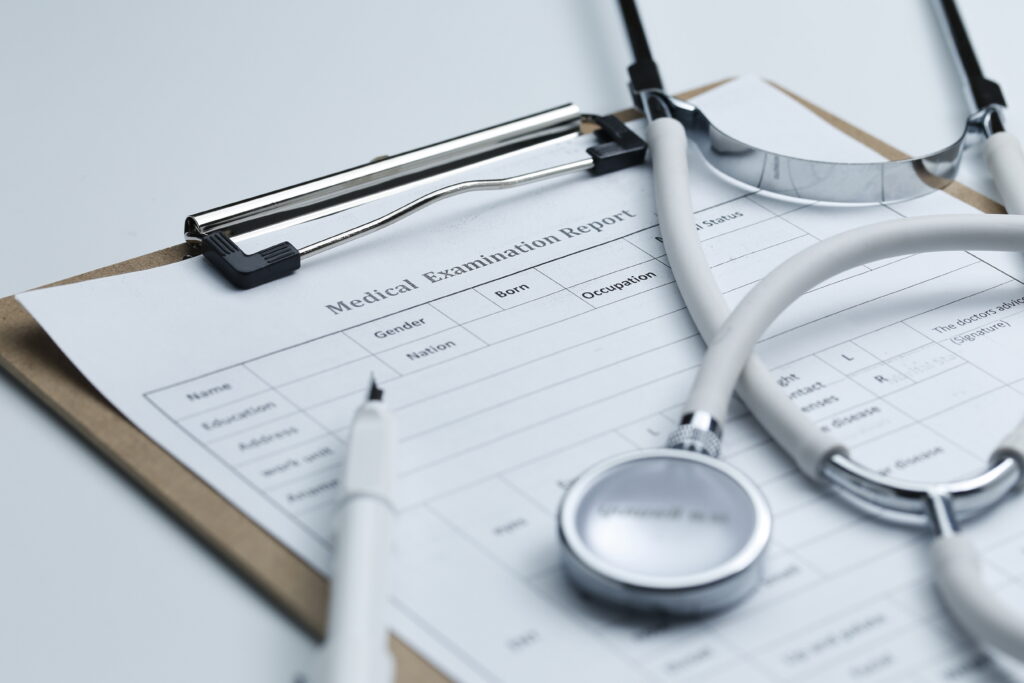Understanding health issues and how they could affect a person’s safety is just as important in Executive Protection as evaluating external dangers. In addition to external threats, a thorough threat & health risk assessment should include the inherent weaknesses brought about by a person’s health and medical background. Controlling these health-related hazards is essential to optimizing the overall safety of the person being protected. This article explores the complex interactions that exist between security threats and health concerns, providing insight into practical ways to reduce related risks.
Protecting Principals Through Threat & Health Risk Assessment: The Intersection of Health and Security
A person’s health can greatly impact how vulnerable they are to security threats. A chronic medical condition, mental health condition, or genetic predisposition to a medical condition, are examples of issues that can make it difficult to maintain the best security practices. Physical restrictions, reduced mobility, or cognitive decline may make a person more susceptible to many types of risks, such as physical injury, exploitation, or kidnapping.
Furthermore, certain medical disorders may make it more difficult to make decisions or make one more vulnerable to coercion, which increases the likelihood of being tricked or forced into unfavorable circumstances. Anxiety disorders and post-traumatic stress disorder (PTSD) are examples of mental health illnesses that can increase sensitivity to triggers and affect a person’s capacity to remain calm or follow orders in stressful or potentially dangerous situations.
Understanding Health Conditions and Their Implications on Security
- Chronic Health Problems: Requiring regular medical attention are conditions such as diabetes, heart disease, or respiratory diseases. These circumstances have the potential to cause unexpected medical crises, complicating the person’s safety in a security situation. Effective mitigation techniques should include close observation, easy access to prescription drugs, and staff with emergency medical training.
- Mental Health Issues: Disorders like anxiety, or post-traumatic stress disorder (PTSD) can intensify stress reactions, which can impair one’s capacity for rational thought and the capacity to respond composedly in life-threatening circumstances. Professional security teams need to be prepared with the skills and information necessary to handle and defuse situations involving people who are struggling with mental health issues without making their condition worse.
- Physical Disabilities: A person’s capacity to flee or defend against dangers may be hampered by limited mobility or physical impairments. Adaptive measures, accessibility specifications, and backup escape routes should all be taken into account in customized security plans to ensure the protection of the individual.
Strategies to Mitigate Health-Related Risks in Security Protocols
- Client Health Risk Assessment: A comprehensive health examination by medical specialists is necessary before developing security mechanisms. Together with identifying potential dangers and recommending any necessary modifications, this examination should include evaluations of the patient’s physical and mental health.
- Personalized Security Plans: It is crucial to modify security plans to meet the needs of each individual’s health. This includes ensuring people have access to prescription drugs, incorporating medical response procedures into security plans, and educating security staff on how to handle certain situations involving health.
- Collaboration between Health and Security Professionals: Security and healthcare professionals must work together and communicate seamlessly. By doing so, both teams are informed of the person’s health status and can plan their response in an emergency.
- Education and Training: Security staff must receive ongoing training on identifying and mitigating health-related vulnerabilities. Situations including medical emergencies, mental health crises, and techniques to defuse tension without endangering the person’s well-being should all be included in the training.
- Health Monitoring and Surveillance: Real-time insights into the well-being of the protected individual can be obtained through the use of continuous health monitoring. When covertly incorporated into security procedures, wearable health monitoring devices can provide useful information for evaluating health status and quickly addressing any alarming changes.
Conclusion
Effective Executive Protection requires incorporating health factors into security assessments and security planning. Taking a thorough approach to establishing protective measures requires first recognizing the subtleties of health issues and their possible impact on security risks.
It is possible to reduce health hazards and maintain the safety and well-being of those under protection by implementing customized techniques, encouraging cooperation between healthcare and security personnel, and providing continual education. Integrating security and health is a complex undertaking that necessitates a comprehensive strategy to guarantee strong and all-encompassing protection for people who require it.
Michael Guirguis, MD, is an Emergency Room Physician and Reserve Sheriff Deputy for San Bernardino Sheriff Air Rescue, with extensive experience in pre-hospital care. Along with his role as an EP professional, he is the Founder & Chief Medical Officer, contracting SOF Pararescumen Paramedics to augment the medical needs of EP teams.

